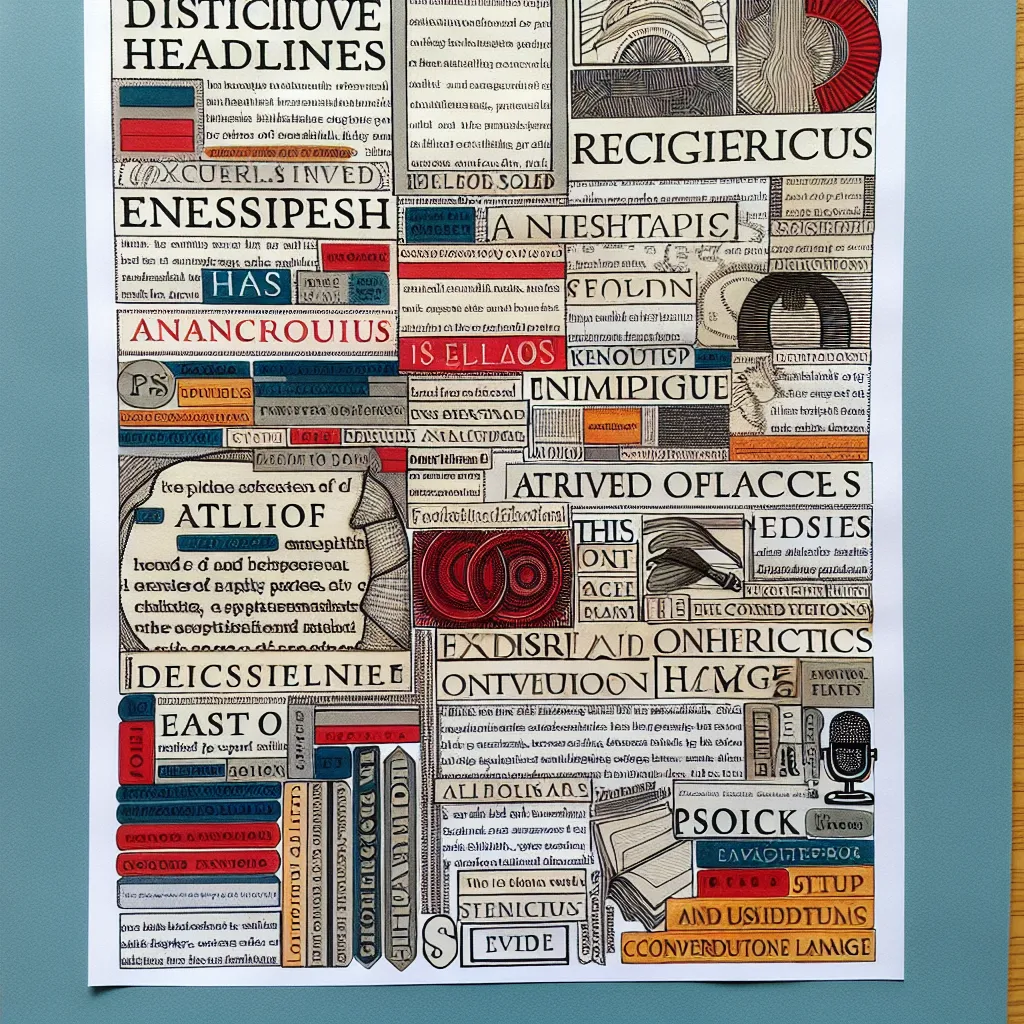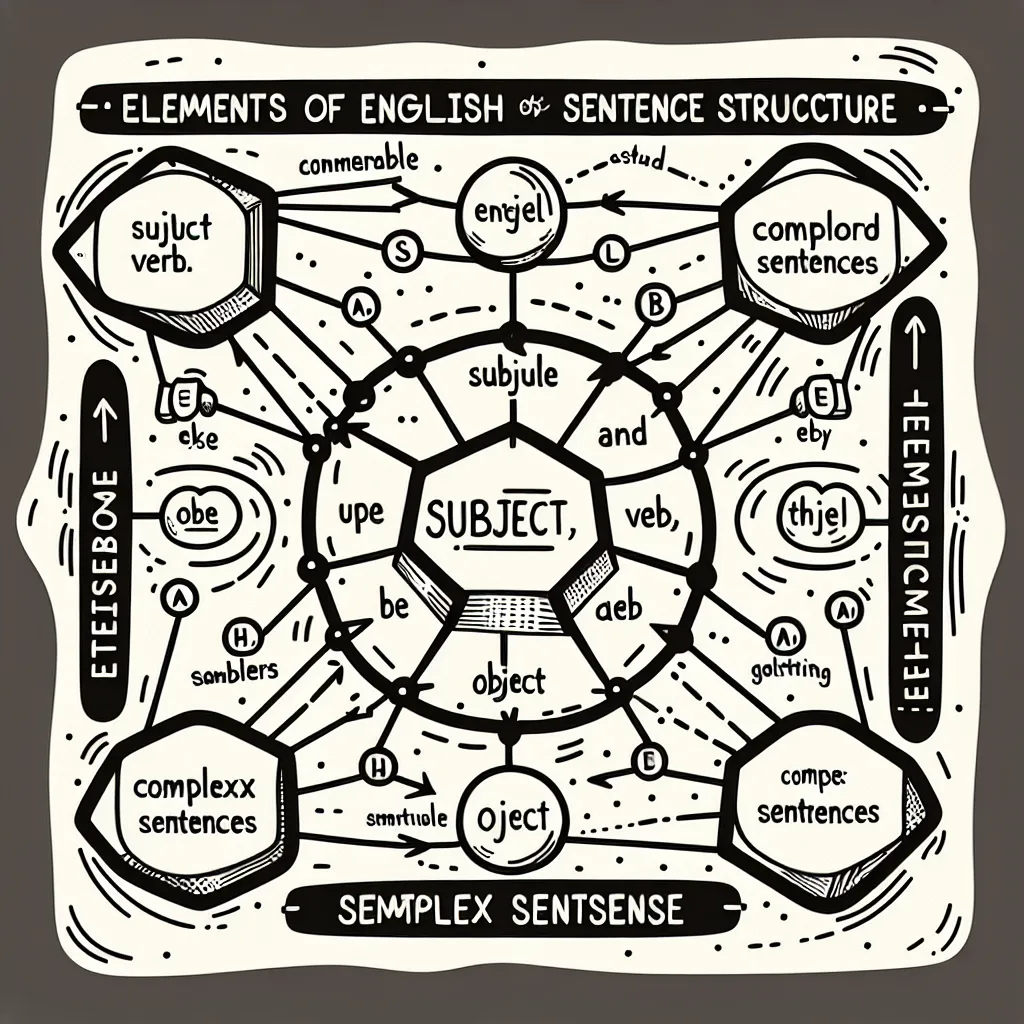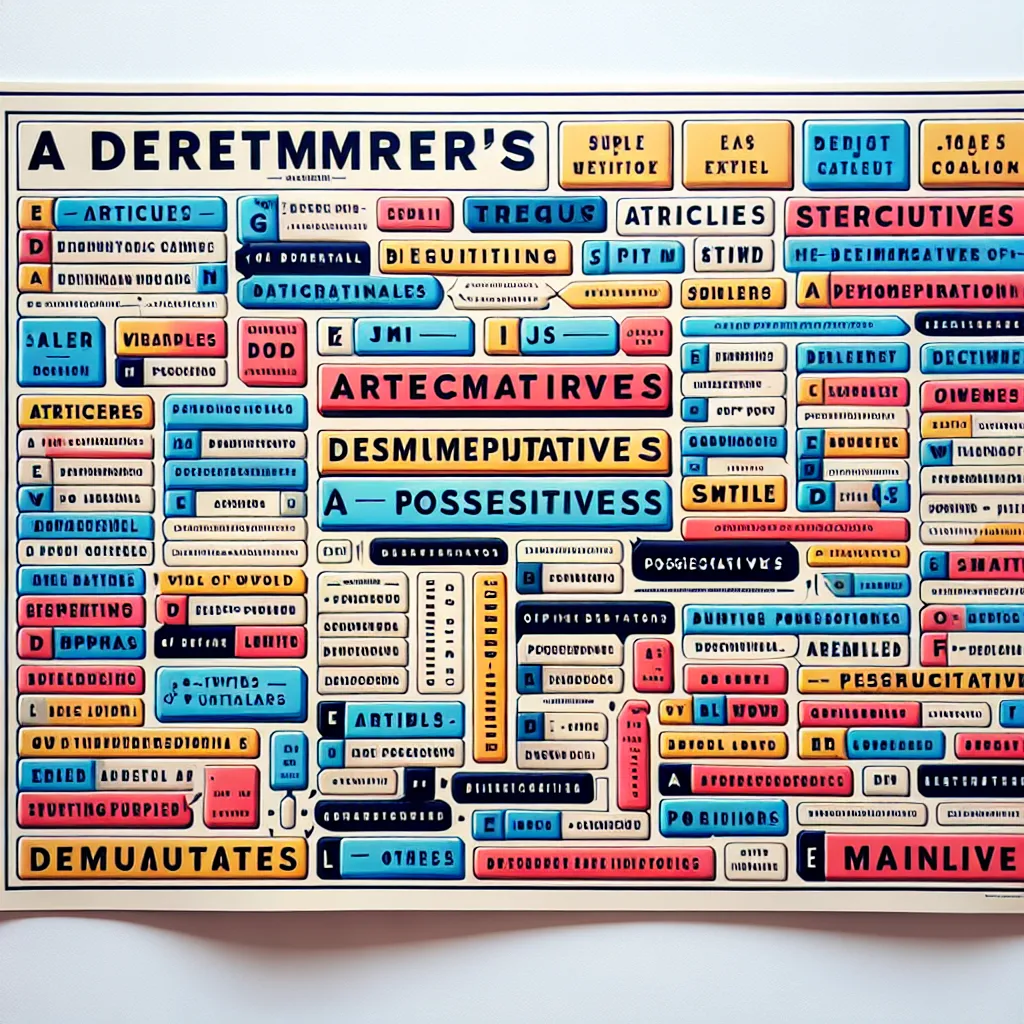Discourse markers are essential elements in English language that help to create coherence and cohesion in both spoken and written communication. Mastering these linguistic tools can significantly enhance your language proficiency and improve your overall fluency. This comprehensive guide will explore the intricacies of discourse markers and provide practical tips for perfecting their use.
Understanding Discourse Markers
Discourse markers, also known as linking words or connectors, are words or phrases that help to organize and structure language. They serve as signposts in communication, guiding the listener or reader through the logical flow of ideas. These linguistic devices play a crucial role in maintaining coherence and cohesion in various forms of discourse, from casual conversations to academic writing.
 Discourse Markers Infographic
Discourse Markers Infographic
Why are Discourse Markers Important?
- Improve coherence: They help to connect ideas and make your speech or writing more logical and easier to follow.
- Enhance fluency: Proper use of discourse markers can make your language sound more natural and fluent.
- Clarify relationships between ideas: They indicate the connections between different parts of your discourse, such as contrast, cause-effect, or sequence.
- Aid comprehension: Listeners or readers can better understand the structure and intended meaning of your communication.
Types of Discourse Markers
Understanding the different types of discourse markers and their functions is crucial for using them effectively. Here’s a breakdown of the main categories:
1. Addition Markers
These markers are used to add information or ideas. Examples include:
- Furthermore
- Moreover
- In addition
- Additionally
Example: “The new policy will reduce costs. Furthermore, it will improve efficiency.”
2. Contrast Markers
These markers show a contrast or difference between ideas. Examples include:
- However
- Nevertheless
- On the other hand
- In contrast
Example: “The project was challenging. Nevertheless, the team managed to complete it on time.”
3. Cause and Effect Markers
These markers indicate a cause-effect relationship. Examples include:
- Therefore
- As a result
- Consequently
- Thus
Example: “The company invested heavily in research and development. As a result, they launched several innovative products.”
4. Sequencing Markers
These markers show the order of events or ideas. Examples include:
- Firstly
- Secondly
- Finally
- Subsequently
Example: “Firstly, we’ll analyze the data. Secondly, we’ll develop a strategy. Finally, we’ll implement the plan.”
Strategies for Perfecting Discourse Marker Usage
To master the use of discourse markers, consider the following strategies:
1. Context-Appropriate Selection
Choose discourse markers that fit the context and tone of your communication. For instance, formal writing may require more sophisticated markers like “nevertheless” or “consequently,” while casual conversation might use simpler ones like “anyway” or “so.”
2. Varied Usage
Avoid overusing the same discourse markers. Variety adds interest and demonstrates a broader vocabulary. Instead of repeatedly using “however,” try alternatives like “nevertheless,” “on the other hand,” or “in contrast.”
3. Accurate Positioning
Place discourse markers correctly within sentences or between ideas. Incorrect positioning can lead to confusion or awkward phrasing.
Incorrect: “The weather was lovely. We decided, however, to stay indoors.”
Correct: “The weather was lovely. However, we decided to stay indoors.”
4. Practice with Authentic Materials
Expose yourself to authentic English materials such as news articles, academic papers, or podcasts. Pay attention to how native speakers use discourse markers in different contexts.
 Authentic English Materials
Authentic English Materials
5. Cohesive Writing Exercises
Practice writing short paragraphs or essays focusing on using a variety of discourse markers to connect ideas coherently. Start with simple topics and gradually increase complexity.
Exercise: Write a paragraph about your weekend plans using at least five different discourse markers.
6. Speaking Practice
Incorporate discourse markers into your spoken English. Practice with a language partner or record yourself speaking to identify areas for improvement.
Common Mistakes to Avoid
When using discourse markers, be aware of these common pitfalls:
- Overuse: Using too many discourse markers can make your speech or writing sound unnatural or overly formal.
- Misuse: Using markers incorrectly can lead to logical inconsistencies or confusion.
- Repetition: Relying on the same few markers limits your expression and can become monotonous.
- Ignoring register: Using informal markers in formal contexts (or vice versa) can be inappropriate.
Advanced Tips for Mastery
To truly perfect your use of discourse markers:
- Study collocations: Learn which words commonly appear together with specific discourse markers.
- Analyze discourse in various genres: Notice how markers are used differently in academic writing, business communication, and casual conversation.
- Practice paraphrasing: Try expressing the same idea using different discourse markers to understand their nuanced differences.
- Seek feedback: Ask native speakers or language teachers to review your use of discourse markers and provide constructive criticism.
Conclusion
Perfecting The Use Of Discourse Markers is a journey that requires consistent practice and attention to detail. By understanding their functions, practicing varied usage, and avoiding common mistakes, you can significantly enhance your English communication skills. Remember that mastery comes with time and exposure, so be patient with yourself and enjoy the process of becoming a more articulate and coherent English speaker and writer.
Keep practicing, and soon you’ll find yourself using discourse markers with confidence and precision, elevating your English proficiency to new heights.




